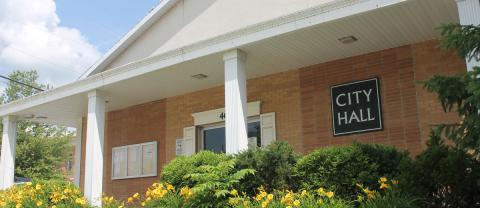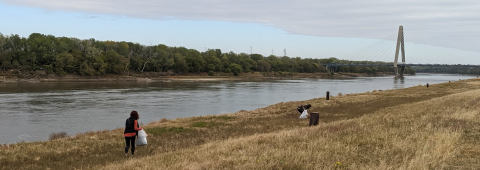Course Objectives
This course meets the needs of the National Incident Management System (NIMS) and the National Response Framework (NRF) and focuses on the importance of developing and operating as a functional Type 3 AHIMT. This course will assist individual responders to perform as viable team members by:
- Learning the basic foundational KSAs necessary to perform in an ICS position on an AHIMT.
- Emphasizing the nature and purpose of a Type 3 AHIMT so that others in the community and emergency services are more willing and able to assist or participate in their local Type 3 AHIMT.
- Demonstrating the critical role that leadership an
- Demonstrating the critical role that leadership and teamwork skills play in the success of a Type 3 AHIMT.
- Providing a basic framework for building and maintaining critical interpersonal communications and working together as a team member of a Type 3 AHIMT.
- Operationalizing the components of the NIMS and NRF for use in the field.
- Offering practical experience of on-scene operations through extensive exercises and simulations that provide multiple opportunities to perform as members of a Type 3 AHIMT during simulated incidents.
Target Audience
This course is taught at the introductory level for participation on an AHIMT. Target audience: All interdisciplinary emergency response personnel, such as fire protection and law enforcement personnel, Emergency Medical Services (EMS) responders, staff members of departments of public works and departments of public health, emergency management, mass care, Non-Governmental Organizations (NGOs), and members of various community and tribal groups offering critical emergency response services: Incident Management, Mass Care, Emergency Management, EMS, Law Enforcement, Public Works, Search and Rescue, Public Health/Medical, Fire Service, Hazmat, Veterinary and Aviation.
There is no cost to attend. Priority registration is for emergency services personnel in the Kansas City metropolitan area: Cass, Clay, Jackson, Platte and Ray counties in Missouri and Leavenworth, Johnson, Miami and Wyandotte counties in Kansas.
Course travel costs are not provided and are on your own.
Minimum: 15 Maximum: 30
Required Prerequisites
Reminder participants must have successfully completed the following pre-requites:
IS700 or IS700.a or IS700.b
IS800 or IS800.a or IS800.b or IS800.c or IS800.d
IS200 or IS200.a or IS200.b or IS200.c or IS200.FW or IS200.HC or IS200.HCa
IS100 or IS100.a or IS100.b or IS100.c orIS100.FDA or IS100.FW or IS100.FWa or IS100.HC or IS100.HCb or IS100.HE or IS100.LE or IS100.LEa or IS100.LEb or IS100.PW or IS100.PWa or IS100.PWb or IS100.SC orIS100.SCa
ICS 300: Intermediate Incident Command System for Expanding Incidents
For further information visit FEMA’s Self Independent Study website at: https://training.fema.gov/is/
Recommended Prerequisite: ICS-400: Advanced Incident Command System, Command and General Staff. If an individual has not completed ICS 400 it is strongly recommended individuals complete ICS 400 course within 6 months of attendance in the O-305 course.
Important Information
All students scheduled to attend the training course should have their SID Number for use on the FEMA Application Form 119-25-2.
Obtaining a FEMA SID Number
Step 1: To register, go to https://cdp.dhs.gov/femasid.
Step 2: Click on the “Need a FEMA SID” box on the middle of the screen.
Step 3: Follow the instructions and provide the necessary information to create your account.
Step 4: You will receive an email with your SID number. You should save this number in a secure location.
You will need your SID Number to complete the General Admissions Application Short Form, FEMA Form 119-25-2, in Box 6.
Your registration is not approved unless we have a completed and approved application form from your State Training Officer (KDEM and SEMA).






